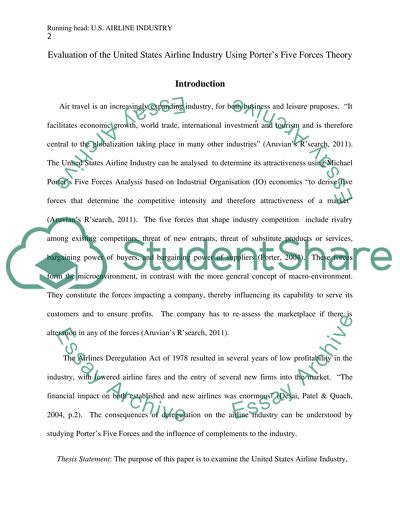Cite this document
(“Evaluation of the United States Airline Industry Using Porter's Five Essay”, n.d.)
Retrieved from https://studentshare.org/macro-microeconomics/1440379-examine-the-us-airline-industry-is-this-an
Retrieved from https://studentshare.org/macro-microeconomics/1440379-examine-the-us-airline-industry-is-this-an
(Evaluation of the United States Airline Industry Using Porter'S Five Essay)
https://studentshare.org/macro-microeconomics/1440379-examine-the-us-airline-industry-is-this-an.
https://studentshare.org/macro-microeconomics/1440379-examine-the-us-airline-industry-is-this-an.
“Evaluation of the United States Airline Industry Using Porter'S Five Essay”, n.d. https://studentshare.org/macro-microeconomics/1440379-examine-the-us-airline-industry-is-this-an.


